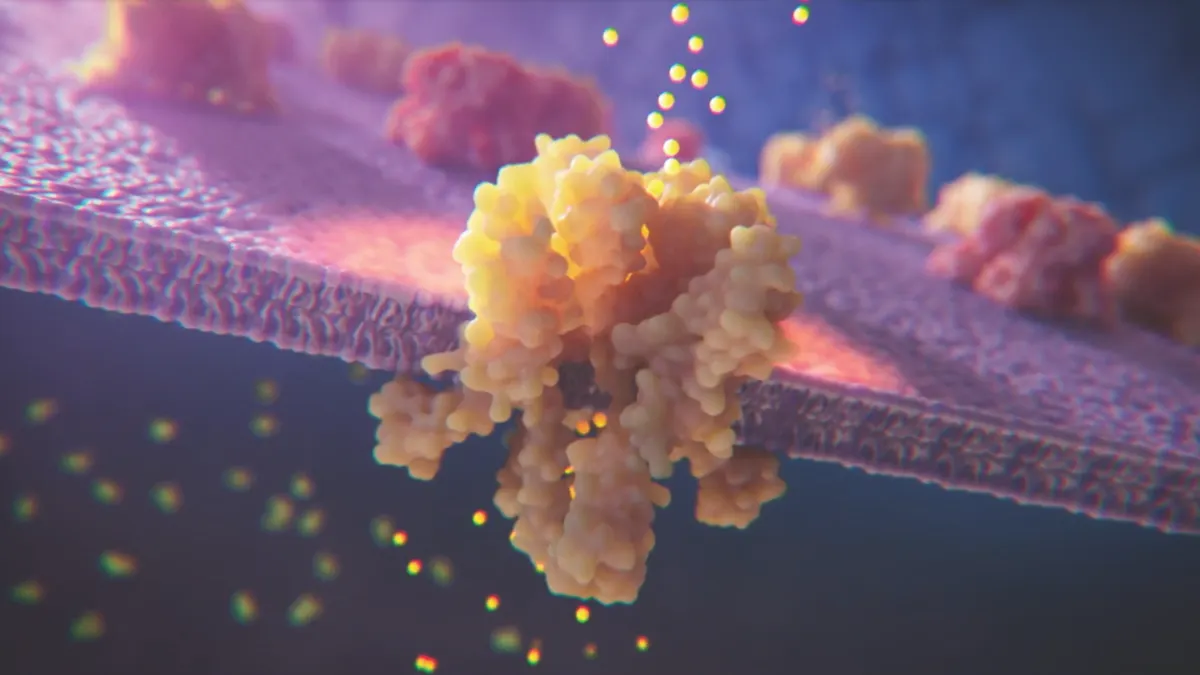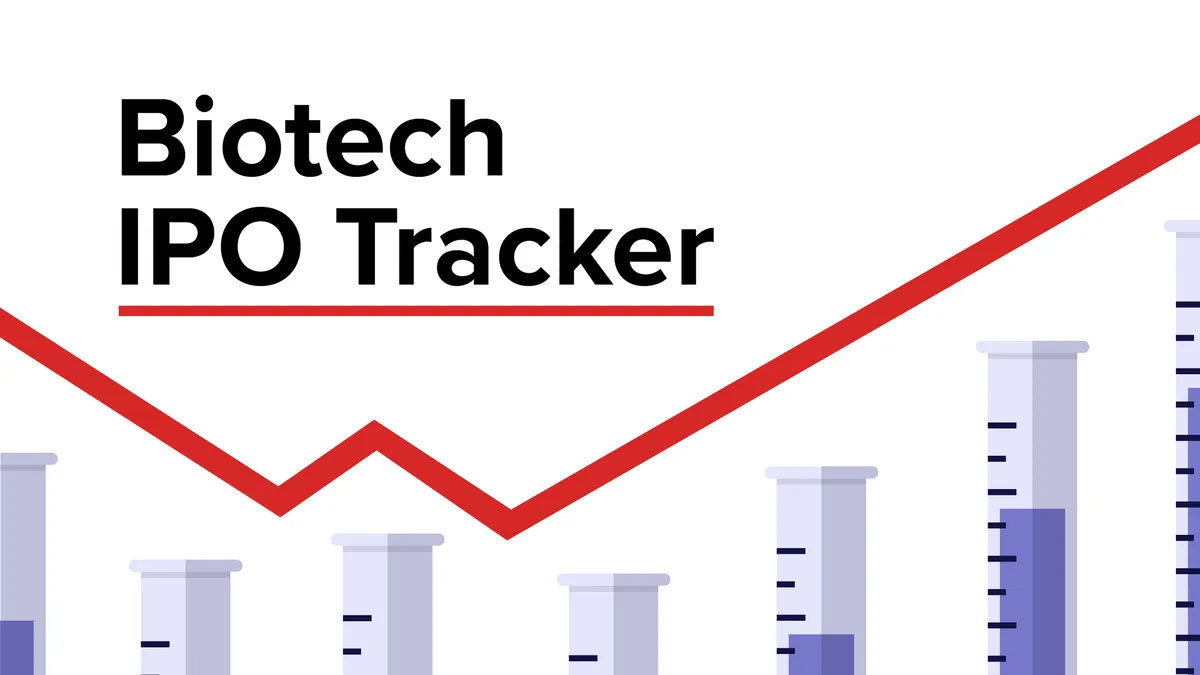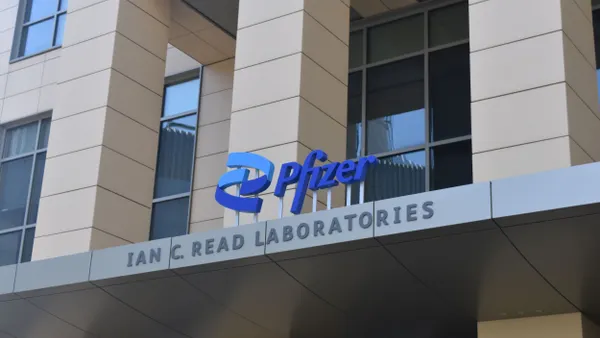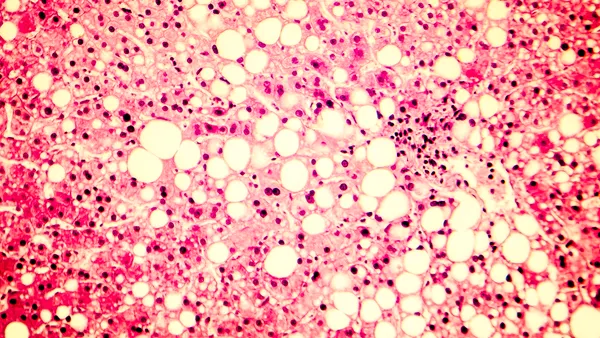Advances in precision oncology have allowed patients to access innovative life-saving therapies when they previously had few, or no, other treatment options. But highly personalized medicine raises new challenges too, as developers must develop companion diagnostics (CDx) assays alongside novel therapeutics so clinicians can match patients with the most appropriate treatment.
Unfortunately, developers often select an NGS solution for clinical trials without reflecting on how it may impact CDx development and commercialization later, says Jane Li, Senior Director, Global Companion Diagnostics at Thermo Fisher Scientific. “This can be devastating for a program. If you run out of samples in the middle of CDx development, for example, you may have little or no opportunity to get back on track.”
Identifying challenges to CDx development and commercialization
First and foremost, there’s the issue of tissue loss. Clinical trial sites that send away patient tissues for testing — or rely on NGS technologies that require more nucleic acid input — typically don’t get that sample back to use in CDx development, Li explains. As a result, developers may only have access to a limited bank of tissues with which to develop their assay.
There’s also the challenge of consistency: Trial sites who create laboratory-developed tests (LDTs) may develop a range of testing protocols that increases the risk for variability across sites. “We’ll often see different sites in different areas create their own LDT, but when you go to commercialize your therapy, you need to work with one CDx assay,” explains Binh Nguyen, Vice President of Medical Science, Thermo Fisher Scientific. “There’s always a risk that these LDTs won’t be concordant, and you’ll need to account for that variability during the regulatory process.”
Finally, traditional NGS technologies that require more sample input negatively impact the stages of therapeutic development, including CDx and commercialization. Higher rates of tissue failure can impede enrollment at the start of a trial, limiting the number of samples available for CDx development. Less optimal methods also utilize more tissue, increasing the chance that CDx developers may use up entire samples without yielding usable results.
An ideal NGS technology helps developers overcome key challenges
Access to the optimal technology allows developers to:
Retain tissues on-site and prevent sample loss
The ideal NGS technology allows for decentralization: The option for smaller medical centers to screen patient samples on-site, rather than sending away biopsies at a major medical center, which can result in the loss of the sample. Using a decentralized testing model during clinical trials means developers are more likely to be able to access those same tissue banks for CDx development.
Achieve consistency across sites to scale globally
The ability to conduct sensitive testing in-house also means sites are less likely to rely on LDTs for site-specific CDx assays. As a result, developers have greater ability to use consistent protocols across each site, sidestepping the need to demonstrate concordance across multiple LDTs when submitting a CDx assay for approval.
Achieving consistent processes across a decentralized network of sites is especially important for global scalability. “If you’re relying on a central lab in the U.S. for CDx — a very common approach in the United States — that might work domestically, but won’t support your expansion to other countries” says Li. “Moving to a decentralized model, where you can distribute CDx tests to any hospital in any country, helps you expand therapy access globally. It means you can develop one CDx assay and it will work anywhere”
Setting your program up for success
1. Look ahead to CDx development and commercialization when selecting a solution for clinical trials
The NGS technology you use during clinical trials has a direct impact on every step that occurs downstream, so it’s important to keep your long-term needs in mind from the start. Consider working with an end-to-end provider that will allow you to use the same technology throughout, suggests Nguyen.
2. Seek out a partner with a proven track record of excellence
You’ll glean additional benefits by selecting an end-to-end partner who can offer technical and regulatory support, too, advises Li.
“Getting a drug approved is no easy feat, and getting a CDx approved is no easy feat. Getting them both approved together is even harder,” she says. “Your CDx partner should have experience helping you navigate approvals with regulatory agencies in each of the global markets you’re targeting”
Consider, too, how an NGS provider can support your project timelines — and offer the support you need to keep the program on schedule. “Any CDX development timeline is always important to the drug, but you’ll always run into a surprise or two that has the potential to cause delays,” Li says. “An ideal partner can help you anticipate and mitigate any challenges that might arise to deliver on time.”
In precision oncology, time is always of the essence, and the optimal NGS solution can help you hit your milestones during clinical trials, throughout CDx development and into global commercialization.
Thermo Fisher Scientific leverages their global infrastructure and expertise to provide widely-used capabilities, from streamlining clinical research to accelerating targeted therapeutic and companion diagnostic development and global commercialization. To learn more, visit us online.










